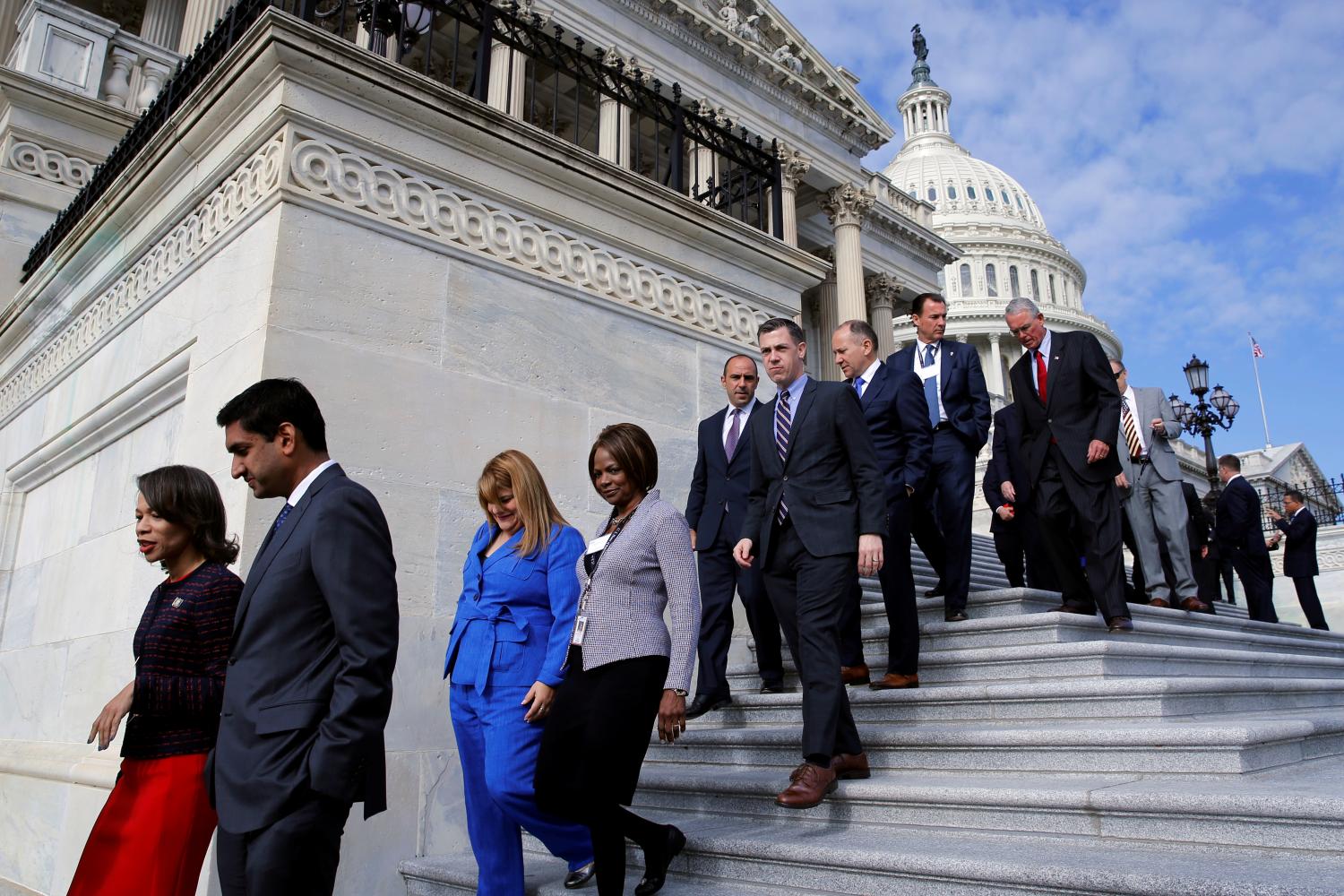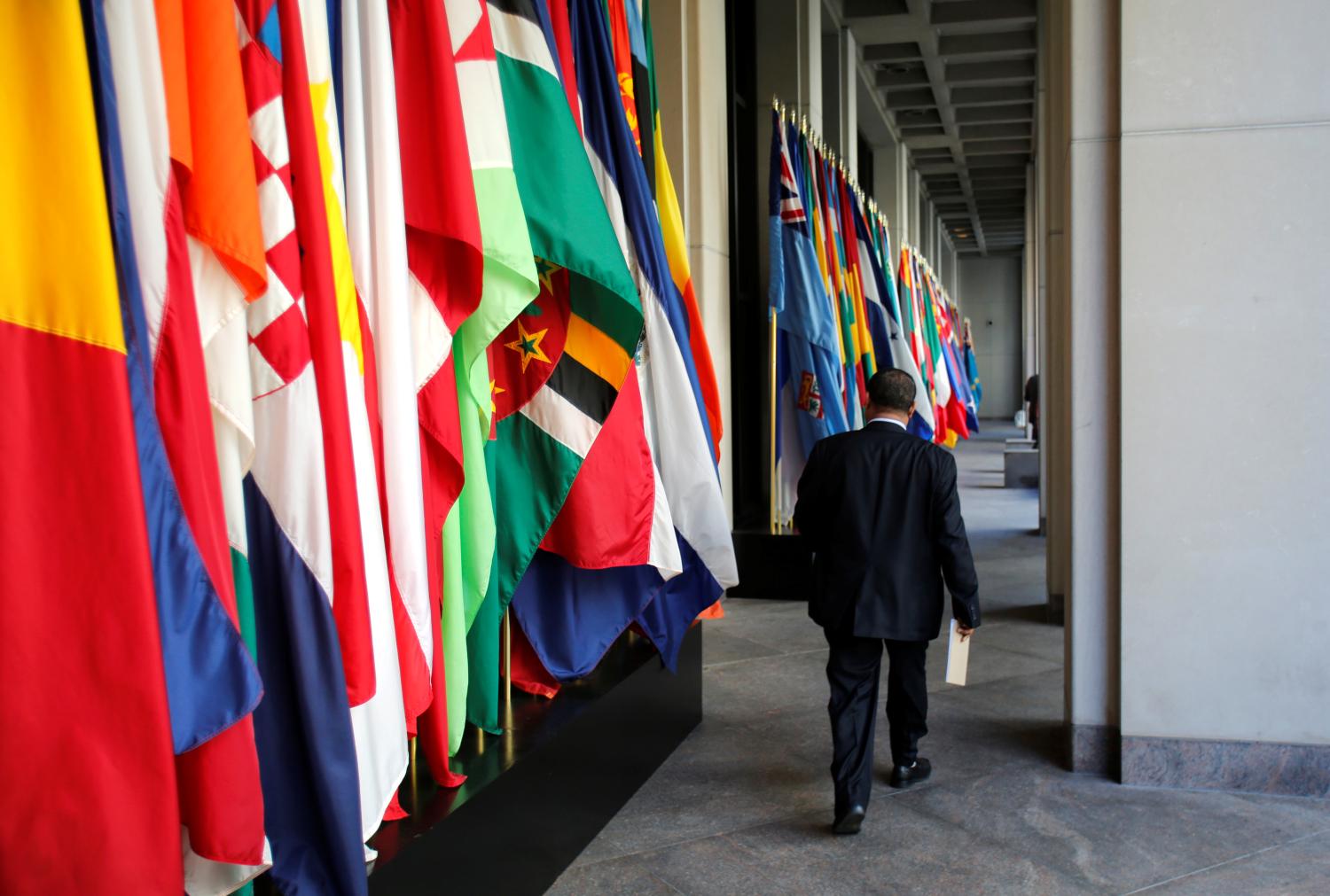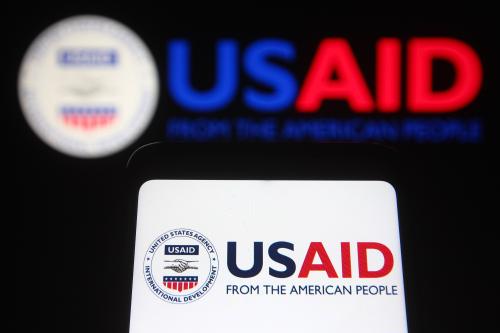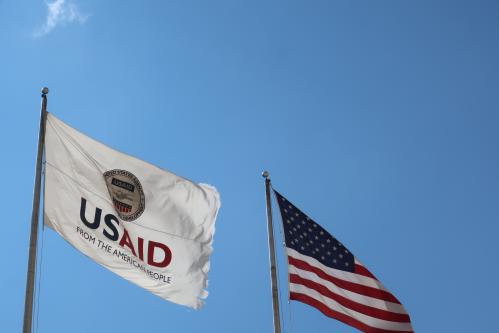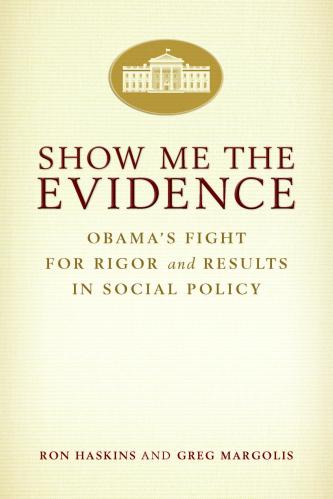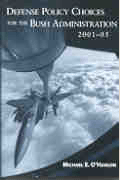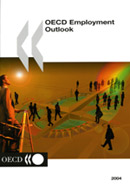Section 1—Overview
Most people engaged even peripherally in U.S.foreign relations understand that the economic, social, and political stability and progress of poor and emerging countries is inherently in the national interest, and that to advance that interest U.S. development cooperation policies and programs must be effective and sustainable. These premises drive this paper in presenting a range of ideas on how to maximize the effectiveness and impact of U.S. development cooperation efforts.
The development landscape has dramatically changed in the first 16 years of the 21st century. The Millennium Development Goals (MDGs), focused on increasing donor assistance for a specific set of mainly social outcomes in developing countries, have been succeeded by the Sustainable Development Goals (SDGs), globally agreed targets conceived around a broadened set of economic, social, environmental, and governance outcomes for all countries. Whereas in the second half of the 20th century official development assistance (ODA) was considered by many countries as a principal source of development solutions, today it comprises less than 10 percent of financial flows to developing countries. The arena of donors, once dominated by member countries of the Organization for Economic Cooperation and Development (OECD), today includes a medley of newly emerging countries, foundations, corporations, non-governmental organizations (NGOs), and high-wealth individuals.
For those who grew up during the Cold War, the principal global challenges were few and clear—the threat of interstate warfare, nuclear war, and poverty in developing countries, with a few powerful countries leading the agenda to tackle them. Today, the array and mixture of state characteristics has rendered meaningless the designation “developing” and “developed.” The global agenda now encompasses a host of issues, including ill-defined conflicts between warring factions, international trafficking and terrorism, climate change, the impact of rapid technology change and globalization, and global pandemics. Priorities and agenda setting are driven by multiple governments, international organizations and alliances, foundations, corporations, and civil society.
This transforming landscape includes challenges that are more complicated and diverse and require more complex solutions, but also offer more opportunities. For development cooperation, this new horizon requires actors to constantly rethink approaches and be open and adaptable to new realities.
The global and U.S. development communities began addressing these challenges and opportunities by adjusting the model of development cooperation starting in the early 2000s. This paper analyzes those changes in the U.S. approach and proposes how adaptations can further evolve to make U.S. assistance efforts more effective and sustainable.
THE WHAT: Coherence and Strategy in Development
Of fundamental importance for development effectiveness is a change in culture, a change that recognizes that new global challenges involve a shift in focus from a heavy reliance on military capabilities and state power to an emphasis on non-kinetic assets of a social, economic, political, and environmental nature. Interestingly, the community that best understands this evolution is the U.S. military. Take, for example, Bob Gates when secretary of defense speaking forcefully of the importance of the civilian international affairs budget and the 170 retired three- and four-star officers who have joined the National Security Council of the U.S. Global Leadership Coalition (USGLC) in support of funding development and diplomacy.
Achieving this cultural change is essential to creating a more coherent, strategic U.S. approach to development. While the ideal of an independent department that brings together all tools of U.S. development cooperation remains a far reach, greater policy and programmatic coherence can be attained under existing organizational structures, including with an empowered administrator of USAID having a coordination function. A first step toward a coherent approach to priority setting and implementation would be to formulate a U.S. global development strategy. This could be developed by the next administration with the active involvement of Congress and civil society. The strategy, in turn, could serve as the foundation for a new law to replace the Foreign Assistance Act of 1961 (FAA). The strategy and new law could facilitate consolidation and rationalization of existing programs that operate in the same arenas and have similar and overlapping objectives.
Another essential cultural change is to broaden the development agenda to bring coherence to the range of policies that impact development. This shift is needed because too much of the attention of the U.S. government and civil society is focused on assistance rather than on the many other policies and instruments that affect development.
THE WHO: USAID and the Development Voice
A key element to the more strategic approach would be to strengthen USAID and to amplify the development voice in policy deliberations. The Obama administration made notable progress in this respect, but that progress needs to be institutionalized and further advanced. For a start, the administrator of USAID should be conferred cabinet rank, as some administrations have done with other agency heads. The Obama administration has brought the development voice into interagency policy councils, mostly notably by having USAID represented in relevant meetings of the National Security Council (NSC). The next step is to make the agency a full-fledged member of the NSC. This is appropriate as it is not possible to anticipate when a development matter will arise during a discussion of a specific foreign policy or security or international economic issue. In such instances, the development perspective must be present to be heard.
The Obama administration fully restored USAID’s policy function and partially restored its budget authority. Next should be conferring full budget authority to the agency. USAID could be further enhanced through joining policy and budget under the same senior manager and by adding a second deputy administrator, a step that would strengthen the agency’s representation at the interagency level. An essential action to shore up USAID as the lead U.S. development agency would be to rationalize the overlapping roles of the Office of Foreign Assistance (F Bureau) and regional assistance coordinators at the Department of State and limit their roles to managing the State Department’s own assistance functions and basic coordination with other agencies, not oversight and management of USAID’s budget and programs.
THE HOW: Implementing Aid with Accountability, Ownership, Collaboration, and Flexibility
The manner in which assistance is provided is as important as the strategic issues of coherence and voice. Implementation has improved considerably under the past two administrations, starting with the Bush administration embedding in the Millennium Challenge Corporation (MCC) accountability, transparency, evaluation, and use of data for country eligibility and decisionmaking. The Obama administration has sought to apply these capabilities to all U.S. assistance programs, yet further progress is needed. Most agencies are only beginning to make their data available, and more must be done to improve data quality and usability. USAID has stepped up project evaluation, but needs to improve the quality and learning component of such assessments and undertake more evaluations at the policy and program level. Meanwhile, the Department of State is only just getting into the evaluation game. All U.S. agencies involved in development assistance need to understand the value that data-driven selectivity and decisionmaking bring to the MCC and adapt that experience to their own programs.
Local ownership is a key element of the MCC’s operating model and is also inherent to the operations of the Overseas Private Investment Corporation (OPIC) and the U.S. Trade and Development Agency (USTDA). The Obama administration has taken the principle of local ownership across the government, with notable implementation efforts by USAID, which has evolved its focus also to programs to boost Domestic Resource Mobilization (DRM), understanding that a key ingredient of local ownership entails countries being able to finance their own development. The next step is to find other ways in which U.S. assistance can help countries become more self-reliant.
A major limitation to effective local ownership comes from constraints tied to implementation, from congressional earmarks, presidential initiatives, centralization of decisionmaking in Washington, federal and USAID rules and regulations, and staff reluctance to experiment and take risks. The new administration and Congress, along with civil society organizations, need to understand that local ownership is essential to aid effectiveness and that, achieving effective local ownership implementation requires flexibility and adaptability to the local context. Achieving greater aid effectiveness will require loosening earmarks and central control of presidential initiatives; relaxing federal and USAID rules and regulations; encouraging USAID staff to be more flexible when navigating regulations; and convincing Congress and government managers to acknowledge that success requires experimentation and risk taking (which will require moving away from rigid and excessive accountability rules).
Read the full report »
The Brookings Institution is committed to quality, independence, and impact.
We are supported by a diverse array of funders. In line with our values and policies, each Brookings publication represents the sole views of its author(s).

